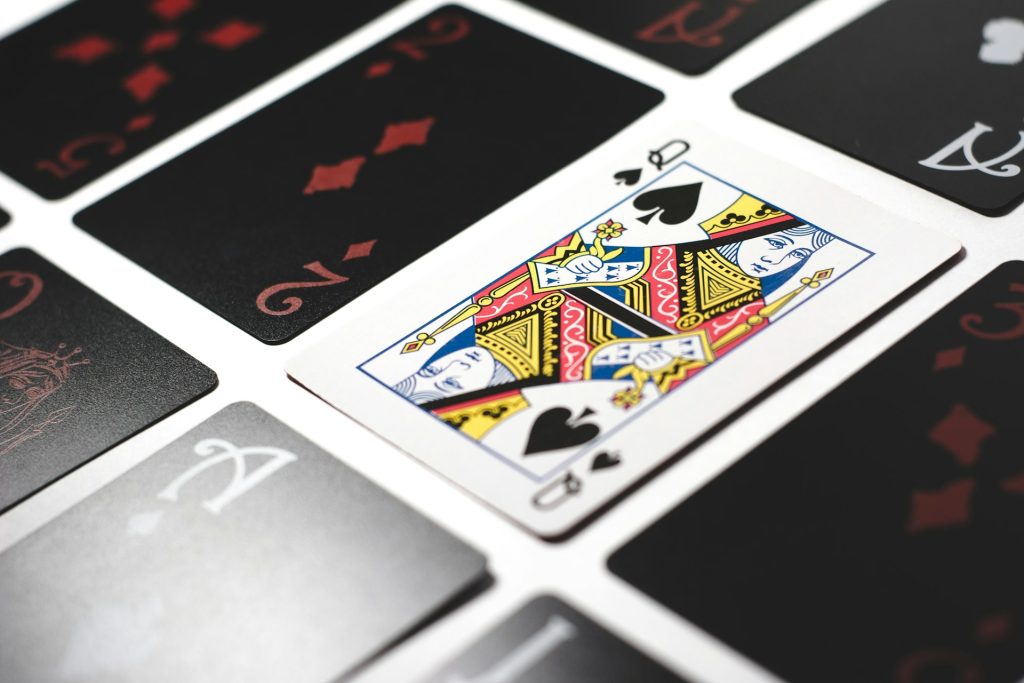Blackjack, also known as twenty-one, is a beloved card game played in casinos worldwide. While the basic rules of the game are well-known, there are various side bets and additional features that can enhance the excitement and potential payouts for players. One such feature is the 21+3 side bet, which adds an extra layer of intrigue to the classic game. In this article, we’ll delve into what exactly 21+3 in blackjack entails, how it works, and whether it’s worth considering as part of your blackjack strategy.
Understanding 21+3: What Exactly Is It?
The term “21+3” refers to a popular side bet in blackjack that combines elements of the main game with poker. In essence, players are betting on the combination of their two initial cards and the dealer’s upcard to form a poker hand. The goal is to achieve a winning hand based on traditional poker rankings, such as a flush, straight, three of a kind, or a straight flush.
How Does 21+3 Work?
To participate in the 21+3 side bet, players must place their additional wager before the dealer reveals their hole card. Once all bets are placed, including the main blackjack bet, the dealer proceeds with the game as usual. After dealing the initial two cards to each player and themselves, as well as revealing one of the dealer’s cards, the 21+3 side bet comes into play.
Players then evaluate their two cards and the dealer’s upcard to determine if they have a winning poker hand. If their cards form a qualifying hand according to the predetermined rules of the side bet, they receive a payout based on the strength of their hand.
Qualifying Hands in 21+3
The specific qualifying hands and corresponding payouts may vary depending on the casino and the variation of the game being played. However, common qualifying hands typically include:
- Suited Trips (Three cards of the same rank and suit)
- Straight Flush (Three consecutive cards of the same suit)
- Three of a Kind (Three cards of the same rank)
- Straight (Three consecutive cards of any suit)
- Flush (Three cards of the same suit)
Each hand’s payout is determined by its likelihood of occurring and the casino’s predetermined odds. Generally, more challenging hands, such as suited trips or straight flushes, yield higher payouts compared to more common hands like straights or flushes.
Is 21+3 Worth It?
As with any side bet in blackjack, the allure of potential big winnings must be weighed against the increased house edge associated with these additional wagers. While hitting a lucrative 21+3 hand can undoubtedly boost your earnings in a single round, the odds of forming such hands are typically lower compared to the main game of blackjack.
Experienced blackjack players often advise exercising caution when considering side bets like 21+3, as they can quickly erode your bankroll if overused. While they add excitement and variety to the game, they should be treated as optional extras rather than essential components of your blackjack strategy.
21+3 in blackjack offers players an intriguing twist on the classic game by incorporating elements of poker into the mix. While the allure of big payouts is undoubtedly enticing, it’s essential to approach side bets like 21+3 with caution and discretion. By understanding how 21+3 works and evaluating its potential risks and rewards, players can make informed decisions about whether to incorporate this side bet into their blackjack experience. As with any form of gambling, responsible play and prudent decision-making are key to maximizing enjoyment while minimizing potential losses.

